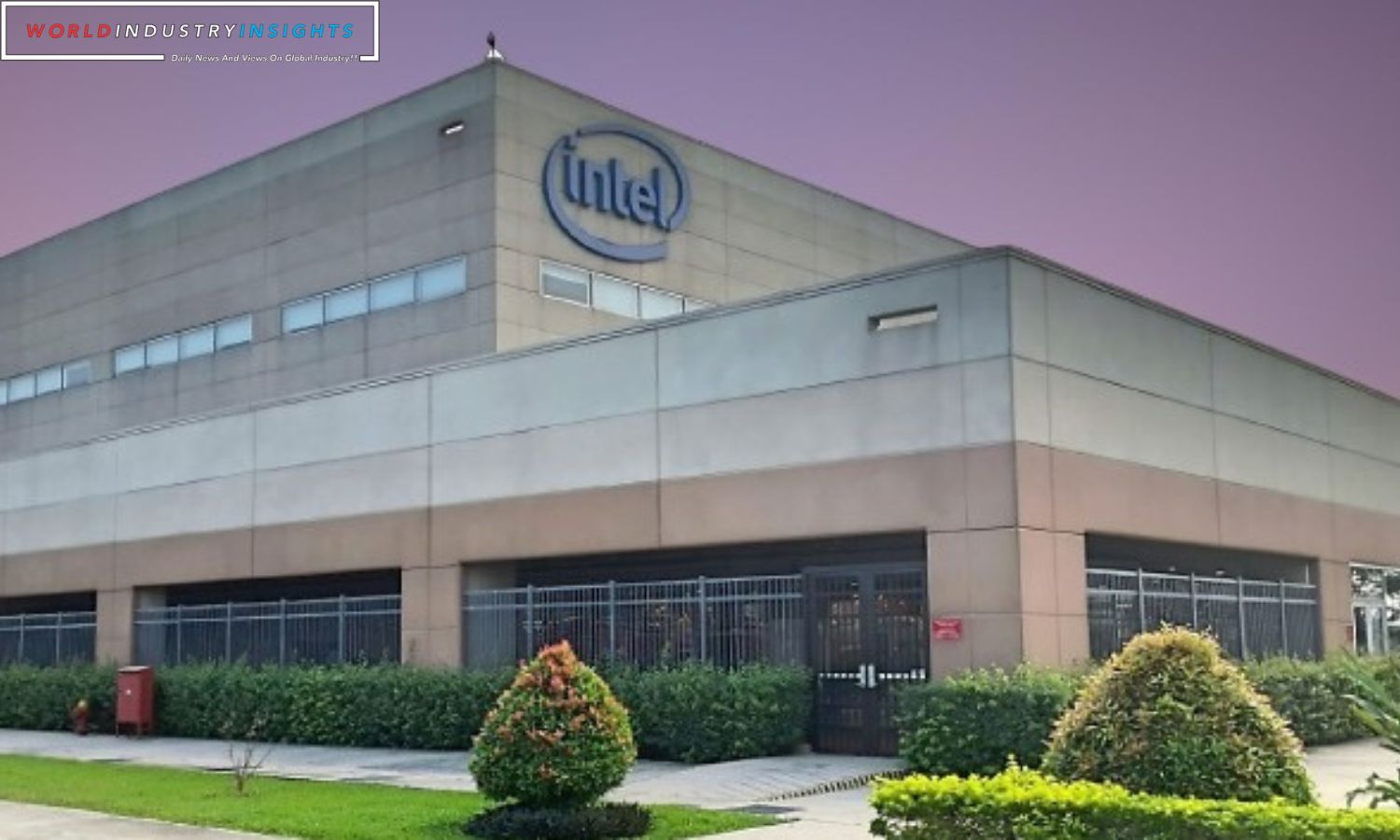Intel Vietnam Investment Freeze: Intel’s decision to halt its planned investment in Vietnam has dealt a significant blow to the country’s ambitions in the semiconductor industry. Despite the high hopes pinned on the region, particularly after President Joe Biden‘s pledges of support for Vietnam’s chip sector during his visit in September, Intel has reportedly pulled the plug on its expansion plans.
Vietnam had been positioning itself as a viable alternative to the chip manufacturing giants of China and Taiwan, given the ongoing political risks and trade tensions with the United States. However, following Biden’s visit, it’s been disclosed that U.S. officials conveyed the news to a select group that Intel was scrapping its Vietnam expansion plans.
Intel made the choice for unclear reasons, although power supply reliability and bureaucracy in the region have raised worries. Vietnam’s chip sector ambitions are threatened by this development.
Intel, a formidable player in the chipmaking arena, has been known for its strategic investments across various regions, including Europe. Meanwhile, Vietnam experienced power shortages back in June, resulting in temporary manufacturing disruptions for several companies.
Also Read: Intel Surges as PC Sales Rebound, Secures New Customers, and Beats Estimates
Vietnam’s semiconductor ambitions have generated considerable interest from other chipmakers looking to diversify their supply chains. However, Intel’s decision serves as a stark reminder that investments in these regions are not guaranteed and are contingent on an array of factors, including local conditions and circumstances.
Intel’s choice to halt its expansion may also influence the approach of other multinational companies in their negotiations with the Vietnamese government, particularly regarding financial incentives amid impending changes in taxation policies.
While Intel’s pivot is a notable setback, it doesn’t spell the end of Vietnam’s semiconductor industry dreams. The country remains actively engaged in seeking opportunities to fortify its position in this rapidly evolving sector, even in the face of this unexpected turn of events.
Our Reader’s Queries
When did Intel invest in Vietnam?
Over the course of 15 years, Intel has invested a whopping $1.5 billion in Vietnam, according to an executive. This significant investment demonstrates Intel’s commitment to the country and its economy.
What does Intel do in Vietnam?
Intel’s largest factory worldwide for assembling, packaging, and testing chips is located in the Southeast Asian electronics manufacturing hub. The region has been eagerly anticipating the company’s expansion, particularly after Joe Biden’s announcement of deals to support Vietnam’s chips industry during his visit in September.
Why not to invest in Vietnam?
Vietnam’s business landscape can be daunting for both domestic and foreign investors due to complex legal procedures, high costs, and inadequate management, supply, and infrastructure. These challenges often leave investors feeling apprehensive about conducting business in the country.
Is US investing in Vietnam?
By the close of 2022, the United States had invested a total of $11.4 billion in Vietnam, placing it 11th in the global rankings. However, this figure pales in comparison to the investments made by other countries such as South Korea ($80.9 billion), Singapore ($70.8 billion), and Japan ($68.8 billion).


